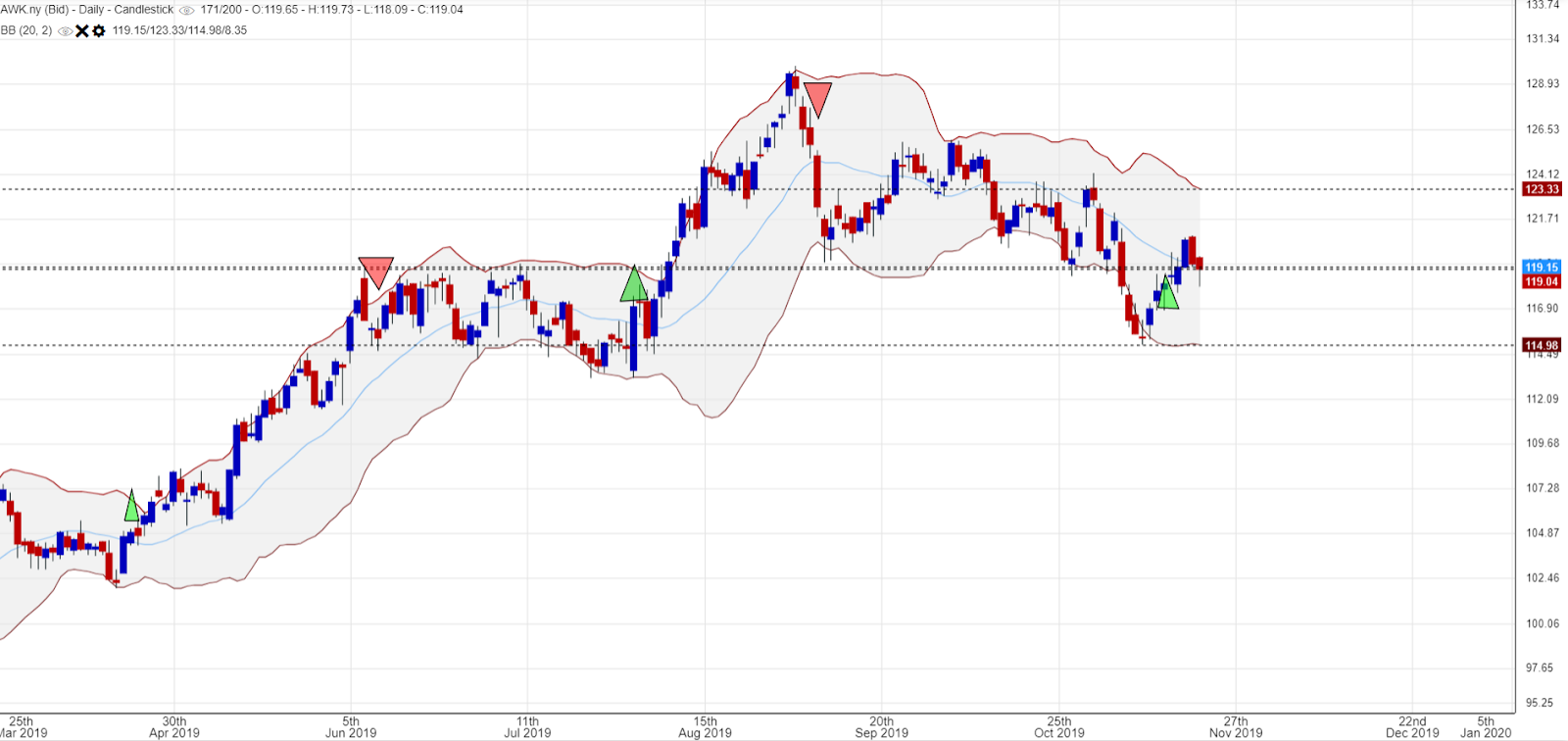Traders and analysts will normally employ complex technical analysis to advice in which direction to go regarding a currency pair provided that a support/resistance level is broken, tested or none of the above.
However, today I would like to use the same systems we implement to execute our orders, and provide advice, to actually tell why a particular pair is not a good candidate at all for trading this week.
We generated a sell signal on Monday March 28th at EUR/USD 1,4078 . Our order hit the SL at 1,4132 (above the volatility threshold for that timeframe of 50pips) and came back to hit the 1,4040 levels with indications of continuing the downtrend if it hits 1,4017 support. Some analyst estimate that the trend is upwards nonetheless and a break above 1,4115 will trigger further upward movement. To me, and with all due respect, this is like reading the horoscope (there is always something for everybody up or down). I honestly can’t see a clear direction on the EUR/USD going ahead this week and therefore I prefer to blunt out that this is not the best pair to trade. Period.
What to look for avoiding high risk trades:
RSI: fluctuating between 40 and 50 in the 4H chart. Depending what type of trader you are, in my case I use the 4H chart, but if you are a position trader (longer term) you can use the same analogy to a daily or weekly chart.
Price action: Open and Close near each other in the previous 10-15 periods. No clear indication of trend
34EMA wave: Simply flat
Optimal tracking filter: Inside the 34EMA wave which eliminates the chance for signal generation if you follow the Nutcracker system.
Real time example:
 |
| Notice the indecisive RSI as it matches the also vacilating price action. Trading during these conditions will only increase your heart rate |



